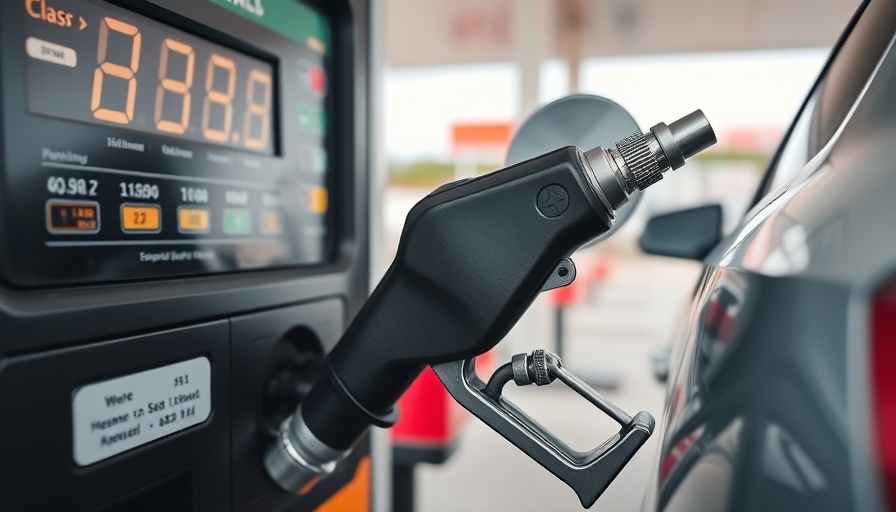
Gas Prices Stabilize as Oil Prices Drop
As of March 2025, the national average price for gasoline has dipped slightly, sitting at $3.11 per gallon, helped by a decline in oil prices. While these prices could shift due to various factors, including market reactions to tariffs and the switch to summer-grade gasoline, the overall trend seems to point towards stability for consumers.
The Driving Forces Behind Fluctuating Prices
Recently released data from the Energy Information Administration (EIA) revealed an uptick in gasoline demand, rising from 8.45 million barrels per day (b/d) to 8.87 b/d. Interestingly, gasoline supply simultaneously fell from 248.3 million barrels to 246.8 million barrels, which could lead to short-term fluctuations in prices at the pump despite the overall decrease in the national average.
Understanding Oil Market Dynamics
On a broader scale, West Texas Intermediate (WTI) crude oil prices fell by $1.95, ending the trading session at $66.31 a barrel. The market has seen a significant boost in crude oil inventories, which rose by 3.6 million barrels, contributing to the recent price drop for oil. These inventory levels, while below the five-year average, suggest a strong market response to changing demands.
Regional Variations and Impacts on Consumers
The cost of gasoline varies significantly across the United States. For example, states like California and Hawaii report prices exceeding $4.50 per gallon, while Mississippi remains the least expensive at about $2.64 per gallon. Such disparities are essential for drivers to consider, especially those planning road trips or looking to manage their automotive maintenance budgets efficiently.
Electric Vehicle Charging Costs
For electric vehicle (EV) owners, the cost of charging has remained stable at around 34 cents per kilowatt hour, presenting an alternative for those looking to save on fuel costs. With the automotive landscape shifting towards electrification, understanding charging costs is becoming as crucial as monitoring traditional fuel prices.
Looking Ahead: Future Trends in Fuel Pricing
Experts predict that as we transition further into 2025, gasoline and oil prices could remain affected by global market trends and local demand shifts. With efforts being made to bolster domestic oil production and the growing push for renewable energy solutions, consumers might want to gear up for an evolving fuel marketplace. This could affect budgeting for both fuel and vehicle maintenance needs.
In conclusion, while the current trends appear favorable with falling gasoline prices, consumers should remain vigilant about potential fluctuations in the market and adjust their automotive plans accordingly.
 Add Row
Add Row  Add
Add 




 Add Row
Add Row  Add
Add 

Write A Comment